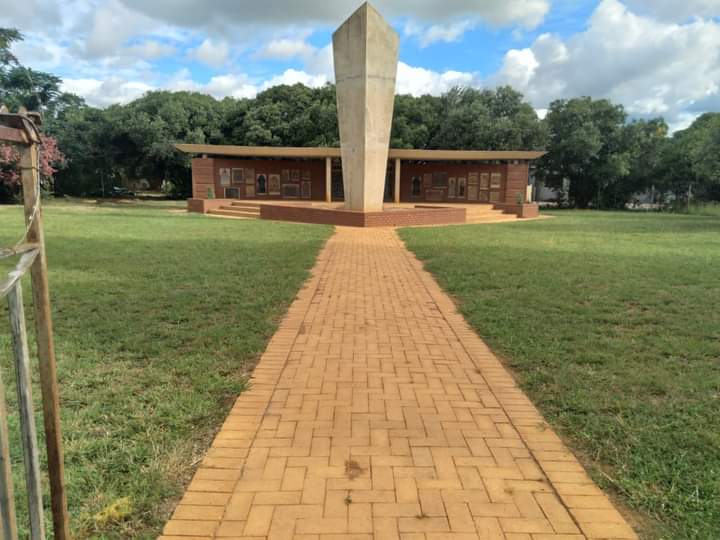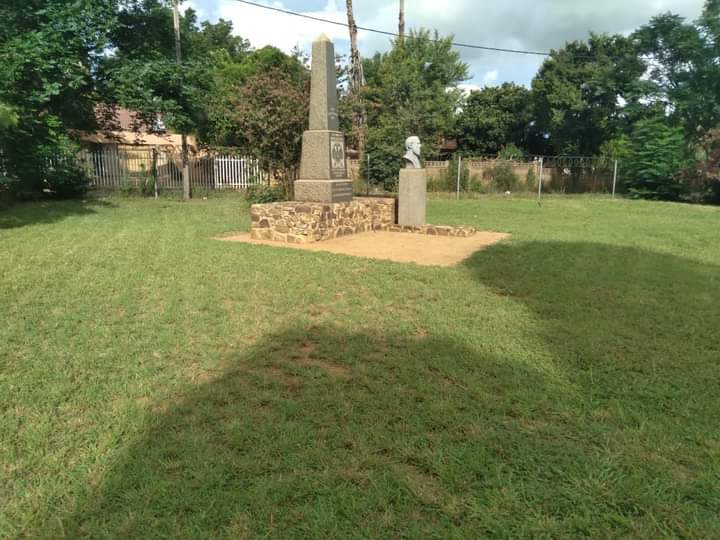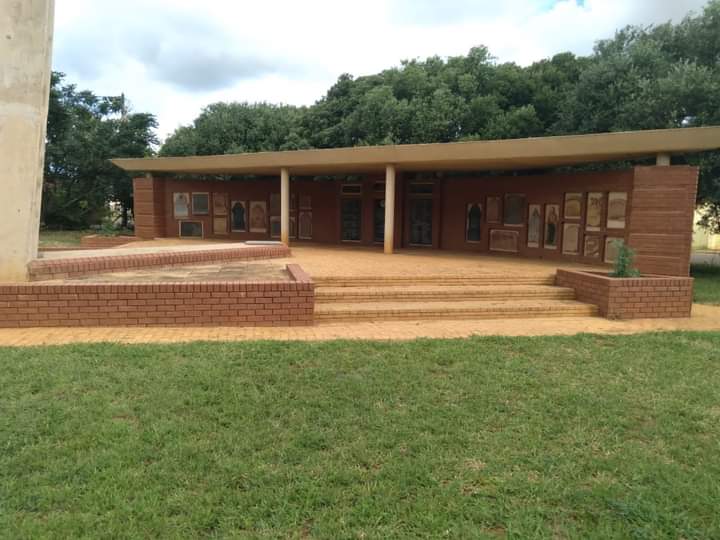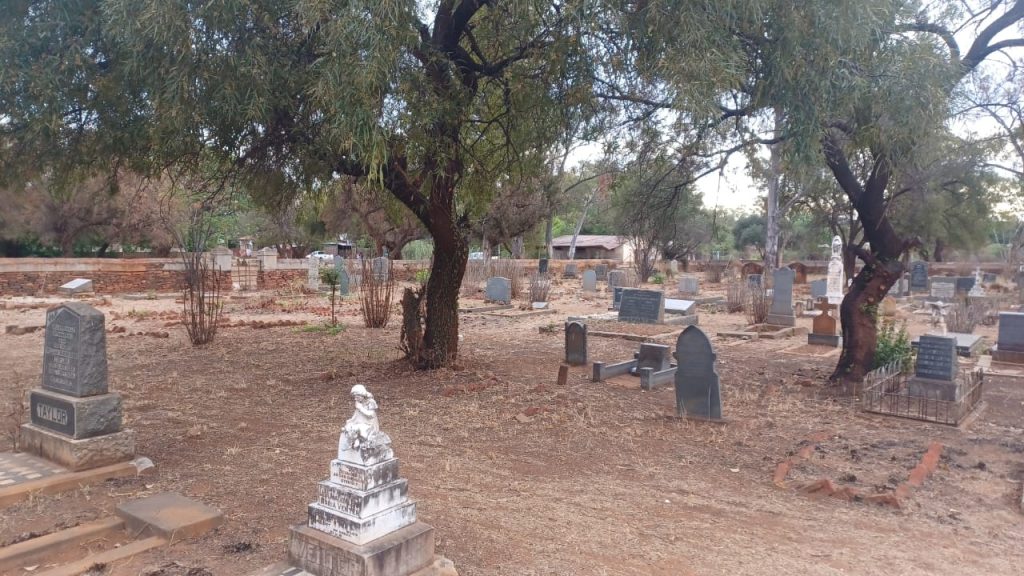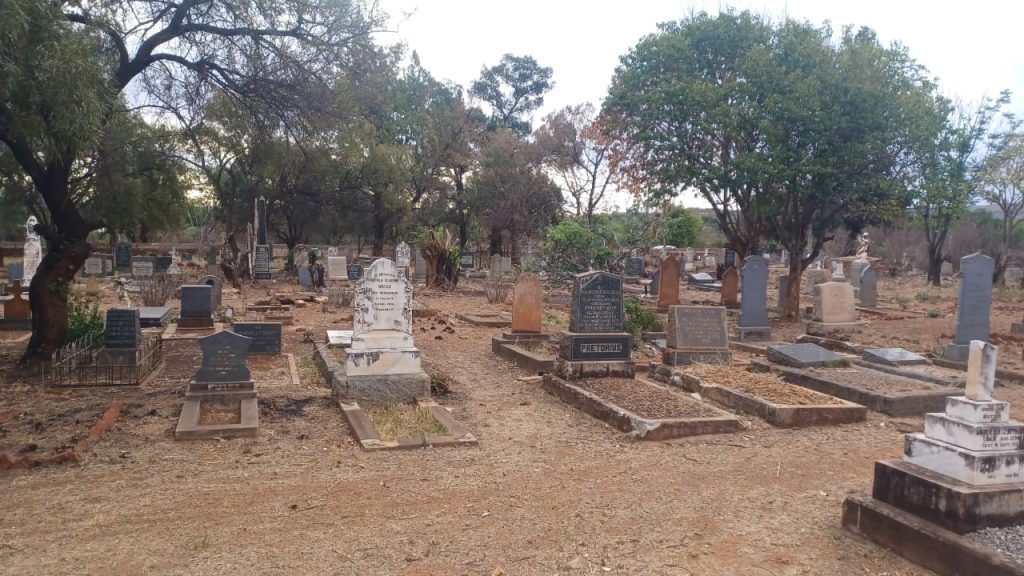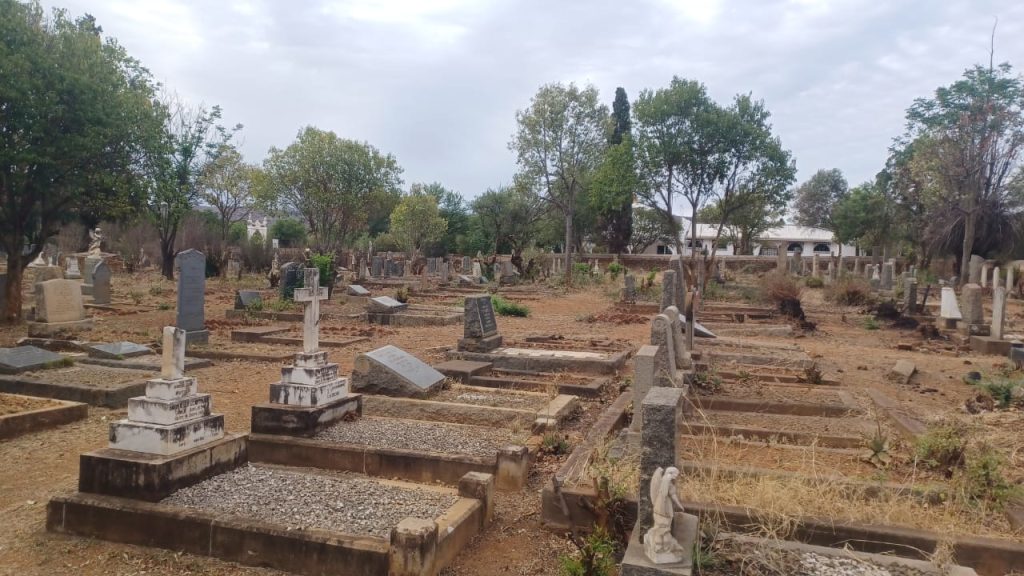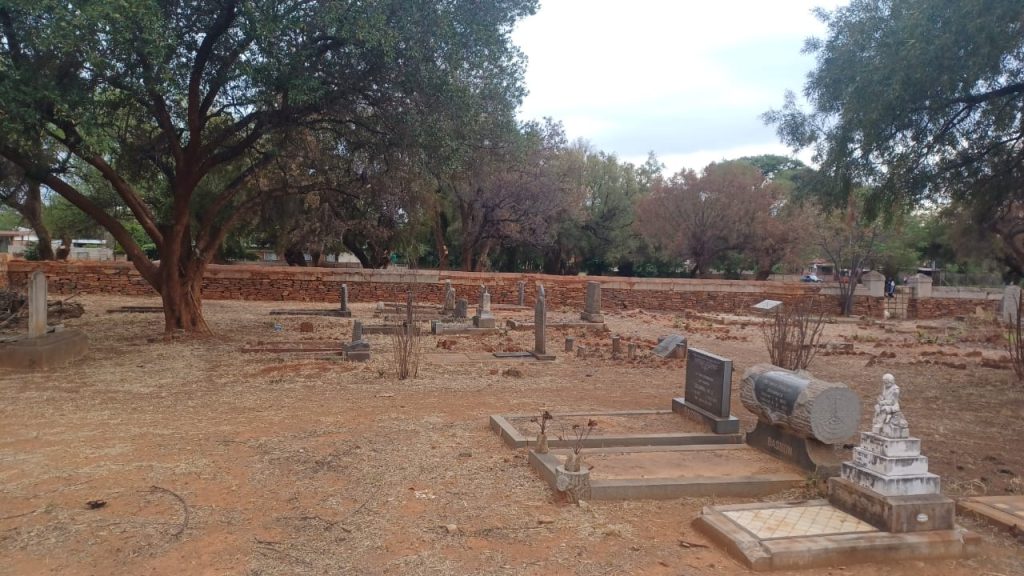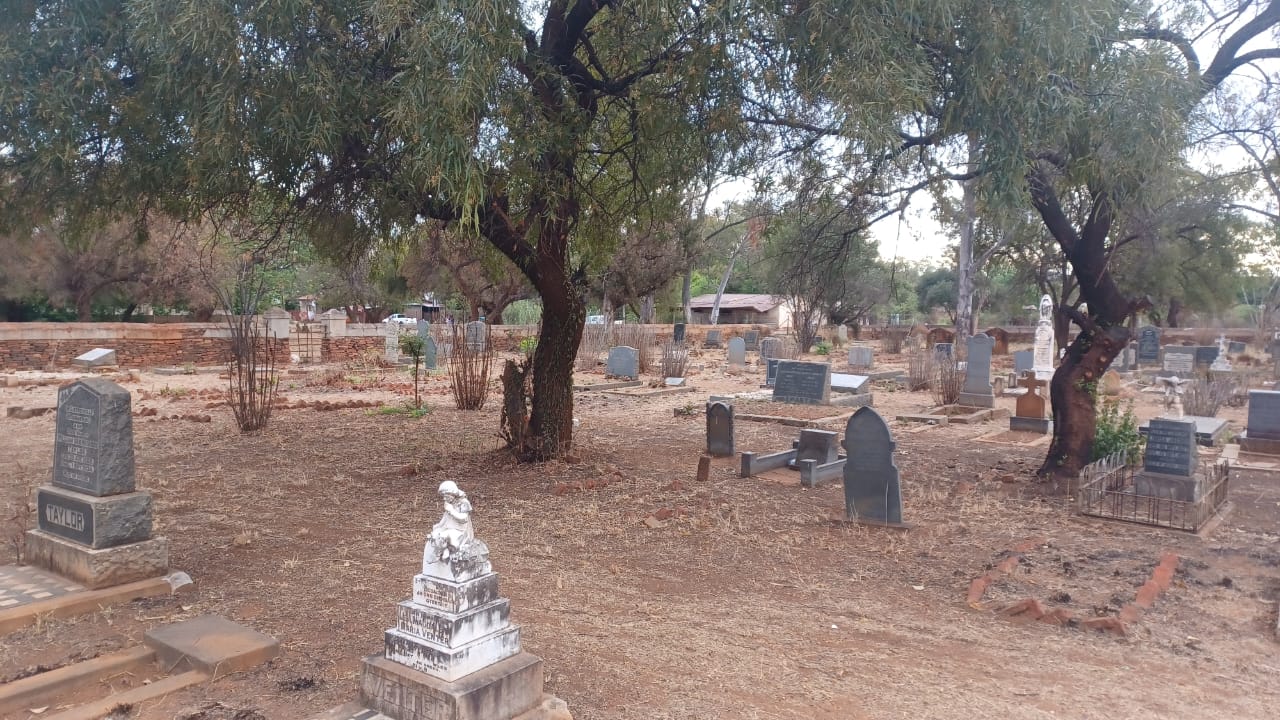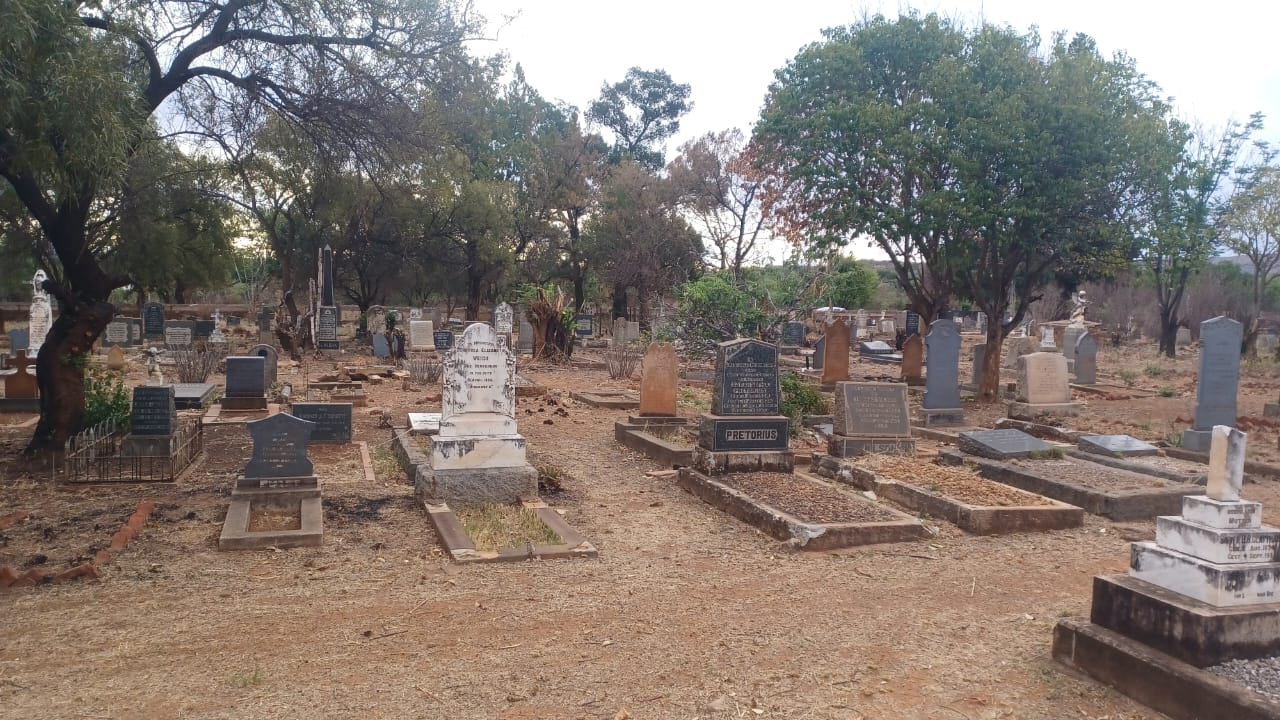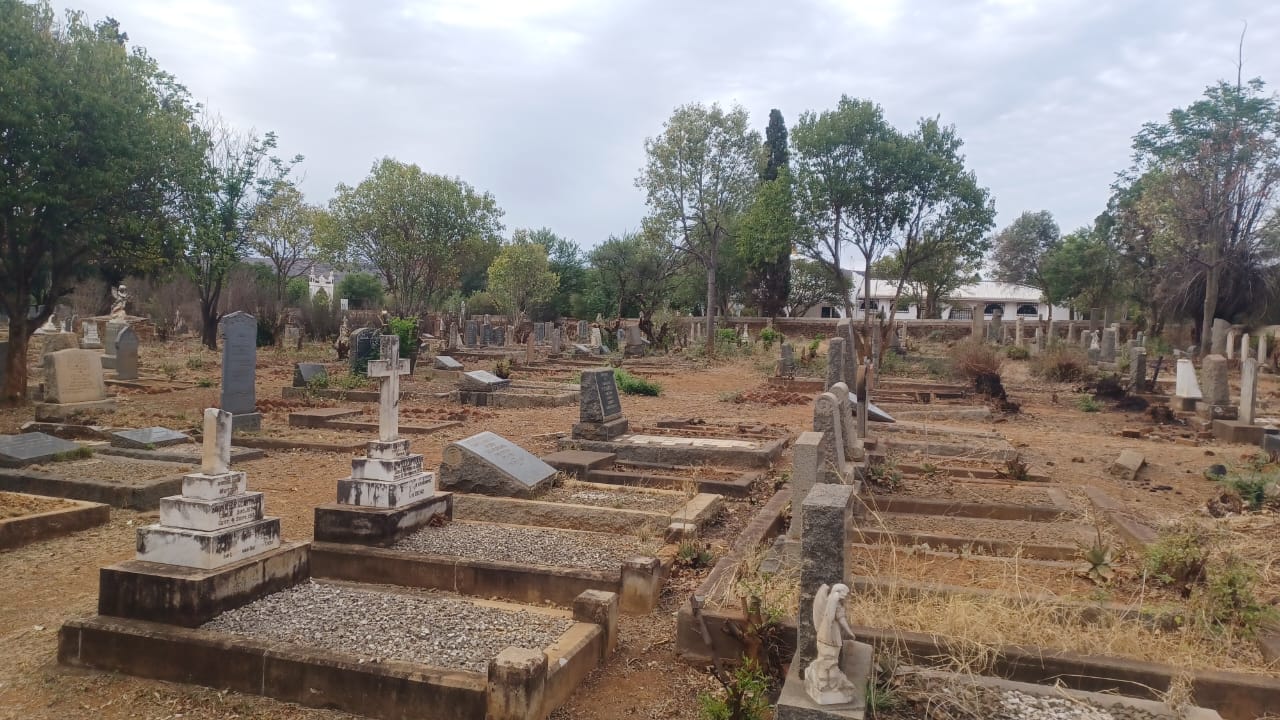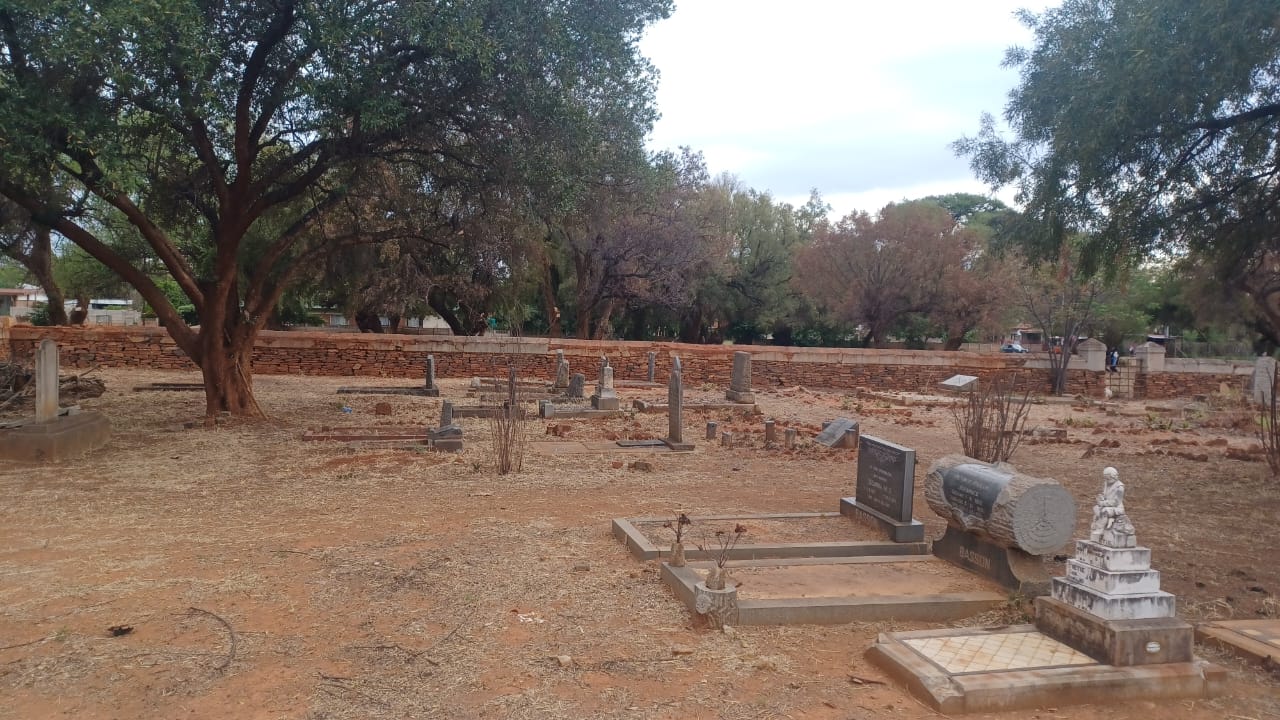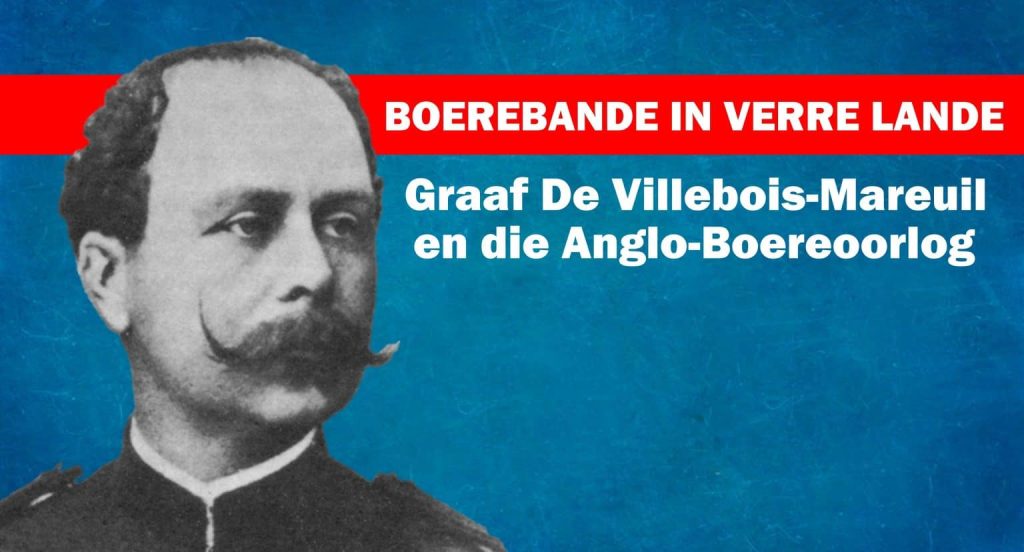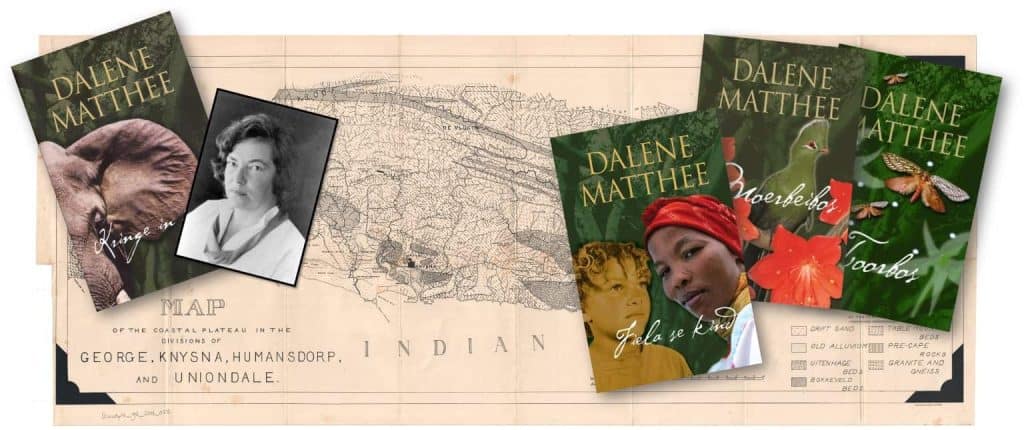In the series Heritage highlights, AfriForum sheds light on heritage landmarks and projects in the country where communities step in themselves to preserve our unique cultural and historical heritage. AfriForum’s branches do a wonderful job of preserving and maintaining the heritage landmarks in their vicinity.
Currently, the AfriForum branch in Zeerust is busy with various projects. We approached Madelein van der Walt and the rest of the team to find out more about their activities. We have recently come to know Madelein as a skilled “heritage detective” who manages to discover precious information about the town’s history. We especially appreciate her help with this article.
Alana: Hello Zeerust branch, please tell us more about yourselves?
Branch: We are a branch of AfriForum in Zeerust and everything we do is voluntary work. We believe in self-management, because we are convinced that doing something yourself is better than doing nothing. We also believe that God planted us here for a reason and that our work is not only for ourselves, but also for our children’s future. We work for our culture and the future of our town, as well as our country.
The seven of us (Pierre van der Walt, Marius Kruger, Madelein van der Walt, Michelle Botha, Chane Kruger, Nadine Pelser and Violet Henning) are just a drop in the bucket. The youth team also plays a very active role in our projects, and it is great to see how the elderly residents of the town also lend a hand to help, even on days when the sun is scalding hot! It is of the utmost importance to realise that without the help of every volunteer who picks up a shovel with us, we would not be where we are right now.
Yes, there are times when we feel discouraged or negative, but then someone comes up with an encouraging word and we tackle the next task with excitement and enthusiasm once more … and we braai!
Alana: Tell us about Zeerust – when was the town founded and where is it?
Branch: Zeerust is located in the Ngaka Modiri Molema District of North West. The town was established on the farm Sefatlhane/Sebatlani (which means “dusty place”) and it has a rich history. Diederik Jacobus Coetzee founded the town and initially called it Coetzee’s Rust. Later the name was shortened to Zeerust. The municipality was officially declared on 18 March 1936.
The N4 motorway runs through our town, and as a result it is easily accessible. Although it is considered to be a rural town, we can assure you that it is not small. This is a busy area, with Botswana’s border posts nearby. Our village boasts a strongly established tourism industry, with one of the highlights being the Madikwe Nature Reserve, which is only 90 kilometres from the town centre. Of course, we cannot forget the local Marico mampoer either!
The people of our town are extremely hospitable, and we invite you to visit the town and experience its unique character for yourself. There is an old saying here: “Once you’ve tasted the water, you will always return!”
Alana: Which heritage landmarks are in Zeerust that the branch is taking care of?
Branch: A group of volunteers gathered on 27 March 2021 to clean the town’s Heritage Park. At first it was a struggle to gain access to the site, as it is located on abandoned sports grounds and the entrance gate was completely overgrown. The site was in a terrible state: vagrants had made it their home, with grass taller than the volunteers. The pavement was overgrown and littered with broken glass bottles and bags. The vagrants had also caused damage when they made a fire there.
Fortunately, progress has been made. In July 2022, Izak Snyman put up a gate on the street side, which makes it much easier to access the site. Drop-’n-drom is helping us to keep the site clean, mow the grass, and ensure that the pavement does not become overgrown again.
Marius Kruger helped us with a home-built fire extinguisher, used to water the lawn regularly, and now we have a tap on site. We take turns to water the lawn. In September, during National Arbor Month, we also planted two karee trees on the site, which are growing very nicely indeed.
Before-and-after photos are proof of the hard work and care devoted to the site. It is extremely exciting to see the grass growing like a carpet, with children who can also play barefoot there once more – the way it should be. This is how we also pass our history on to future generations.
The Heritage Park houses the Burgher Memorial. Original tombstones of burghers are built into the wall of this monument. Burghers who had fallen during the Anglo-Boer War during the Battle of Lichtenburg (3 March 1901), the Battle of Buffelshoek (16 August 1901), the Battle of Kleinfontein (24 October 1901), during the siege of Mafeking, as well as some burghers of Marico and vicinity who had fallen elsewhere during the war, were reinterred here.
In addition, there is a replica of the Great Trek leader, A.H. Potgieter’s statue and also a memorial needle for sons and daughters of Marico who had fallen during the Border War.
Alana: Tell us more about the planned relocation of a cannon that serves as a memorial to residents of Zeerust who had fallen during the First and Second World Wars?
Branch: To do research about the cannon was a deeply moving experience. It was a quite difficult project at times, as we did not all grown up here and the available information and knowledge about the local history was limited. There were times when it felt like we were in a constant struggle to understand the people and the stories behind the cannon.
Initially we thought that the cannon only commemorates local people who died during the First World War. However, after thorough research, we were able to determine that it commemorates men and women from Zeerust, Slurry and Groot Marico who lost their lives during both the First and Second World Wars. We were also able to find the names of the specific individuals. Their graves are in the old part of Zeerust’s cemetery. It was not easy to find the graves, as the cemetery was in a very bad condition. However, after two cleanup sessions and with the help of municipal workers, the cemetery is now more accessible and in a much better condition. There are even graves of soldiers who came from England and New Zealand in it.
One grave that touched our hearts is that of the young cyclist, Philip Ivan Lowne Frost, who was only 17 years old when he was killed in the First World War. It is sad to think that his whole life was still ahead of him when he died.
With the assistance of the retired librarian, Tannie Ansie Nel, who stepped in and helped us, we were able to trace the wording of the copper plate that had been stolen from the cannon. Dirk Bloem of the Gunners Association identified the cannon for us – it is a WF3.7″ Howitzer, manufactured in 1928. It came from India and apparently is a “mountain gun”. It has definitely been in use, as the finish of the barrel proves. Very few of these cannons are still in existence and we really want to keep it here in Zeerust. The site where it is currently located, has been sold and is being developed. We therefore have applied to relocate it to the Heritage Park too.
Alana: Are you planning any heritage projects in the near future that interested parties can join?
Branch: For the past three years we have been doing our best to keep the site clean and neat, and we now also intend to do the same for the cemetery.
Marius and Pierre van der Walt have big dreams for the Heritage Park. They would like to double it in size and eventually to house a decent exhibition of Afrikaner history there. We also have our eyes set on two ox waggons in Zeerust that we would like to acquire.
It would be great if we could celebrate the Day of the Vow here. This is part of our culture and heritage, and we must preserve every aspect of it.
Alana: Which are some of the challenges you face and what is on your wish list?
Branch: The approval for the relocation of the cannon has not been obtained yet, but as soon as we get it, we will have to erect a podium for it, preferably with a roof. The cost of restoring the cannon and its relocation is likely to be very high.
If we can relocate the ox waggons to the park as well, we face the same challenge.
Before we can offer any services at the Heritage Park, ablution facilities need to be erected.
We also need to tighten up security at the Heritage Park.
We always welcome willing hands, equipment and weedkiller to maintain the cemetery. If the Lord blesses us with His grace, we would also like to restore the damaged graves there.
Alana: How can people find out more about Zeerust’s branch and heritage landmarks?
Branch: Not only residents of Zeerust, but from all over enjoy visiting the park and taking photos of it. In the past they were not aware that we maintained the site, so we erected a sign at the park with contact details on it. If anyone wants to access the site, they can call the number.
We really enjoy welcoming visitors, because they often tell us about things we were not aware of. For example, family members of people buried here help us to get to know more about the people than just their names on the tombstones.
Our contact numbers are: Pierre – 082 569 8564 and Marius – 082 630 0155.
Alana: Finally, if other branches or communities also want to get involved with a site, monument or museum close to them, what advice do you have for them please?
Branch: Volunteers are few in number, but those who join us are here because they are driven by a genuine passion and commitment. It is important to enjoy every moment of what you do and to learn about your surroundings while meeting people you would not have met otherwise. Be open and flexible: things do not always go according to plan, but that is part of the learning process.
There is no better feeling than standing back and looking at what you have achieved as a branch. Most things take time and a lot of patience, but it is surely worth it.
If the Zeerust branch can contribute in any way to the preservation of your town’s history, do not hesitate to contact us.
With greetings from Pierre, Marius, Madelein, Michelle, Chané, Nadine and Violet.
Alana: Many thanks for your dedication and hard work, as well as for this contribution to Heritage Jewels. AfriForum’s branches make a valuable contribution to the preservation of our spiritual and material heritage treasures, and you are an inspiring example in this regard. We wish you blessings with your activities and hope the public will strongly support your heritage plans!



